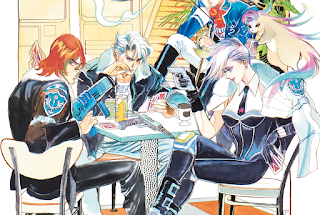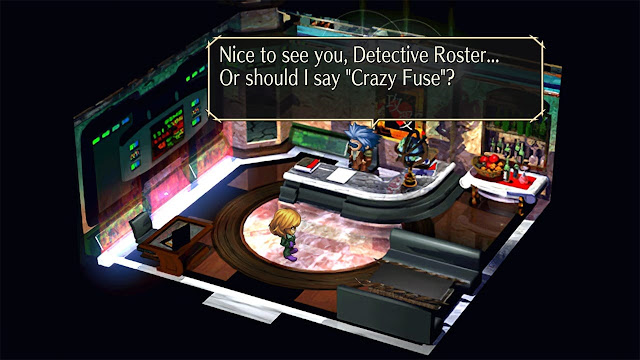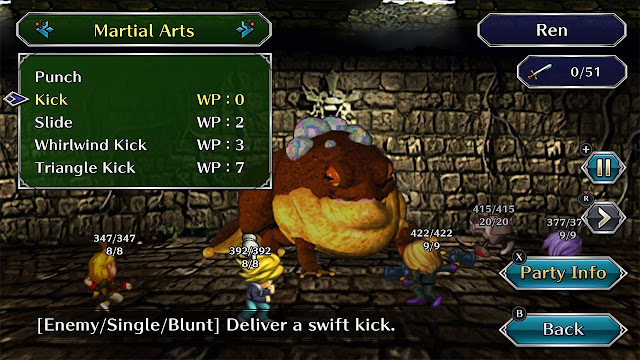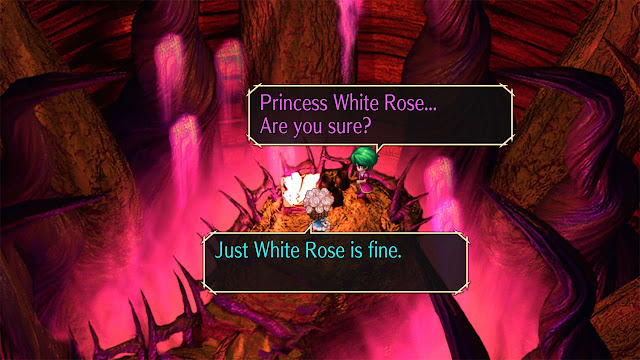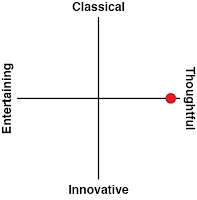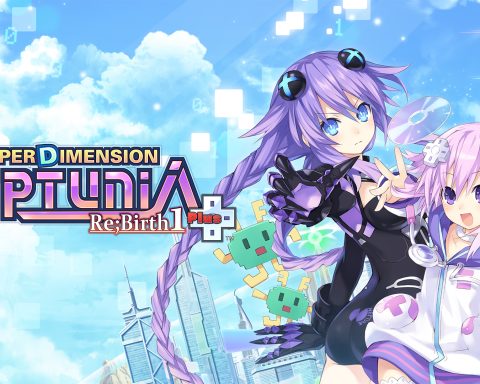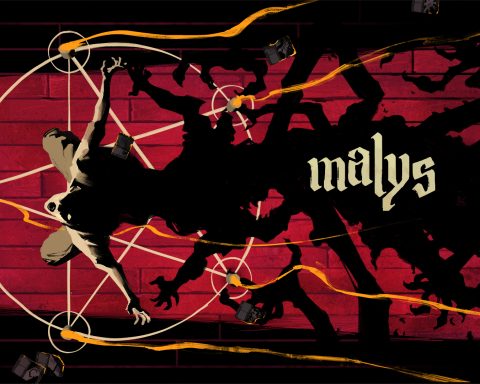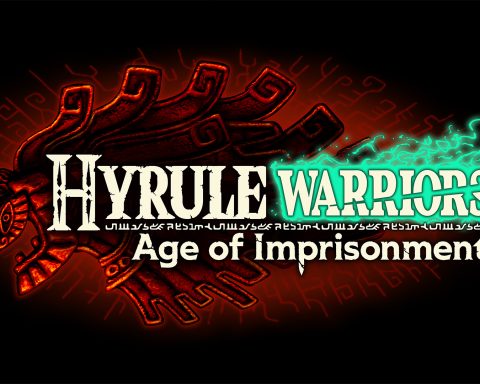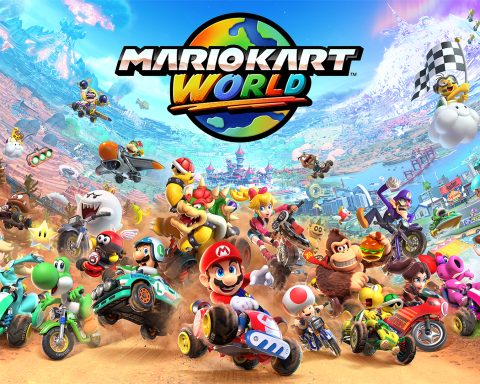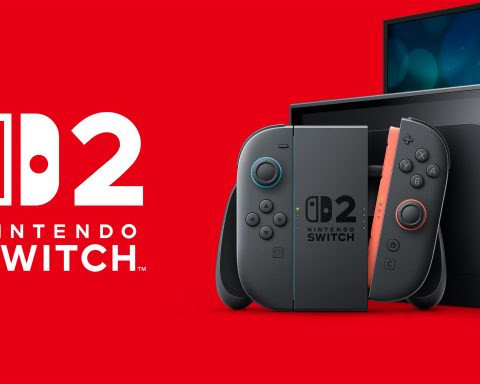SaGa has never been Square Enix’s biggest property. The first couple were even renamed as “Final Fantasy Legends” for release in the west, and SaGa Frontier, the game being remastered here, never even got a release in Europe and Australia. It did get a release in the US, but this is the first time we’ve have the opportunity to play it in our little corner of the world. Despite its second-tier nature to the Square Enix library, this particular game was one of the bigger hits for the series, being a million-seller, and no doubt that’s why Square Enix saw value in this remaster. It can be a confounding game to play, and in 2021 I fear that the conveniences that have been brought to the JRPG genre mean that this one will be a tough sell to a lot of people, but there’s something magical and deeply funny at work in this adventure that makes it a delight for those it clicks with.
The most immediately obvious quality of SaGa Frontier is that it is one of the most open-ended, non-linear JRPGs that you’ll ever play. The world of SaGa Frontier (or, more accurately, universe) is split up across a large number of planets, and right from the start of any of the eight character’s narrative arcs (and they all have distinctly different stories), you’re largely free to travel wherever you like. In many ways you’re encouraged to get yourself lost, with a generally unhelpful “journal” buried in the menu being about the only concession by the developers to help keep you on track with the plot itself. Even with that, I often found myself getting very lost and being unsure about what I needed to do next as I played. SaGa Frontier is a game that expects you to be patient with it.
Many will see this as a problem, but this is a deliberate quality that has been baked into the SaGa series since its inception. As the series creator, Akitoshi Kawazu, said in an interview some years back: “the rules of each game might be different, but the unifying theme is that… Allowing the players to play the game the way they would like to play it. Giving them freedom to take the game in the direction they want to take it, without interfering too much on the design side. I feel that’s the unifying theme behind SaGa.” SaGa Frontier is the ultimate expression of that intent. It can feel clunky and clumsy at first, and even frustrating, given that today we’re all used to JRPGs having little maps with little markers to tell us where to go next, but once you learn to roll with its punches, SaGa’s freedom becomes the foundation for a big part of its personality.
Your patience is rewarded with something that can only be described as eclectic. Each of those planets that make up the game’s universe has its own aesthetics, culture and stories to share. The planet structure allows SaGa Frontier to flit between high-tech science fiction and low-tech fantasy in barely seconds, and still somehow remain consistent with its lore and worldbuilding. It allows each of the characters that joins your party to be genuinely different and gives the writers plenty of room to remain playful from start to finish. SaGa Frontier can come across as a bit fever-dreamish at times, but the right kind – the kind that’s joyfully eccentric rather than incoherently random.
At the start of SaGa Frontier, you’re asked to select one character out of eight (the original version on PlayStation 1 had seven, and they’ve added back in a “lost story” for this release). Each of those characters has a wildly different character arc, will start their story on a different planet, and face a completely different problem. Some are on a quest for noble reasons, while others are selfish or lazy. To give you an idea of just how different they can be: One story covers a wizard that’s on a quest to become a master, travelling the world to collect magic with the end goal being that he needs to kill his brother, while a second features a former model and superstar that is framed for the murder of her lover and needs to stage a jailbreak. Another story is of a man on a hunt for the head of a crime syndicate and dons a Power Rangers-like suit to fight, and then there’s a lazy, good-for-nothing performer that finally gets thrown out of the home to make something of himself. And a robot. Of course there’s a robot.
Players that are more used to the kind of narrative pacing of modern JRPGs will need a period of adjustment to how rapid-fire key scenes can be in delivering the story, but SaGa Frontier has a strong cast of characters and villains and certainly finds interesting scenarios for each of them to experience. Because these character stories are so different you’re going to need to play SaGa Frontier though a couple of times to get a full sense of the world and key events, but thankfully this structure also means that that never becomes a dull experience. We’ve seen many other game developers try and do similar things in giving players different characters and background chapters to play, but even set against them SaGa Frontier feels like it’s the experimental one. This was truly a game ahead of its time.
SaGa Frontier has an excellent combat system, too. It can be a very difficult game, and is more than happy to hand out the “game over” screens, but it’s the kind of challenge that is a joy to tackle head-on. It’s a fully turn-based combat system in which your characters will learn new abilities at random while fighting. What’s more, if characters use complementary abilities then they might team up to do a special, devastating attack. The sum of this is that you’ll constantly be playing around with new abilities and skills, rather than relying on the “old faithful” process to see you through much of the game, and it’s a dynamic, entertaining system as a result.
Square Enix could have done more to modernise SaGa Frontier, but I’m glad the developers resisted that. We’ve seen what a Square Enix remake can look like, and whether it’s a complete deconstruction (Final Fantasy VII Remake) or a massive overhaul to take a 2D game and bring it into the third dimension (Trials of Mana), Square Enix has a tendency to go big with resourcing these things. SaGa Frontier doesn’t go much further than applying some polish to the sprites and implementing that additional eighth character, but for such a vibrant, energetic and distinctive setting, that’s actually all that was needed. That value of SaGa Frontier is in its visionary uniqueness, and preserving that is exactly what needed to happen here.
To finish, it’s worth noting that this game has a reputation, as a cult classic, for being “weird” or “crazy.” Of course, it’s not. It’s deliberately eccentric as a pathway to humour and wildly entertaining at it, rather than being an example of nonsense randomness as some people try to claim. It was actually released around the same time as Final Fantasy VII, and for whatever reason at that time there were a few people that took exception to it not sharing the same self-serious themes and tone as that game. But it was never meant to be anything like its giant contemporary, or even exist in its shadow. Thankfully time has been kind to the reputation of SaGa Frontier and people are now looking at it on its own merits, rather than what it is releasing next to, so perhaps it will get a fairer run this time around. Or perhaps not, since Square Enix decided to release this within days of the remake of NieR: Replicant, all but ensuring that, once again, this game isn’t going to get much of its own time in the sun.
Be sure to give it a look, though. SaGa Frontier is a frivolous and irreverent little JRPG that eschews grand narratives and philosophies to instead focus on a charming sequence of absurd juxtapositions, genuine humour, and playfulness. It’s a well-made game, and the effective, challenging and entertaining combat system stands as proof of that. It’s just that it’s also nothing like most other Square Enix JRPGs, because the developers clearly wanted to deliver something that defied the expectations of the JRPG genre. SaGa Frontier was such a resounding success at that that it has become a “cult classic” and while this will never appeal to the mainstream, hopefully it will find itself a new audience through this remaster.
– Matt S.
Editor-in-Chief
Find me on Twitter: @mattsainsb

